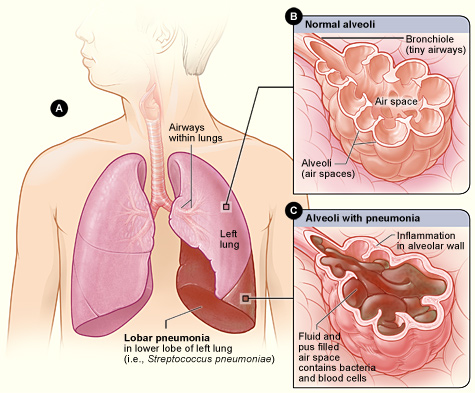

During a disease process the V/Q ratio varies in the lung based on location and type of pathological process: In disease there may be an increase in the V/Q mismatch leading to hypoxaemia.

As such the V/Q ratio at the apices is around 3.3 compared to 0.6 at the bases. Ventilation is also higher at the bases compared to the apices but the differential is to a far lesser degree. Whilst standing, perfusion is better to the bases when compared with the apices due to gravitational and hydrostatic forces. In normal health there is a mismatch in V/Q that differs depending on the part of the lung. In the average adult the alveoli are ventilated by 4L of air and perfused by 5L of blood each minute, giving a V/Q ratio of 0.8 (4:5). This is the ratio of alveolar ventilation to alveolar perfusion. V/Q refers to the ventilation-to-perfusion ratio. Hypercapnia (+/- hypoxaemia) normally results from reduced alveolar ventilation or increased alveolar dead space. Whilst V/Q mismatch, shunts and diffusion limitation cause hypoxaemia they may also feature hypercapnia if the disease process is severe enough. Though below we discuss them separately they are related and often occur together. There are a number of processes that lead to hypoxaemia and hypercapnia.

Hypoxaemia is most commonly caused by a V/Q mismatch, hypercapnia is often caused by alveolar hypoventilation.


 0 kommentar(er)
0 kommentar(er)
